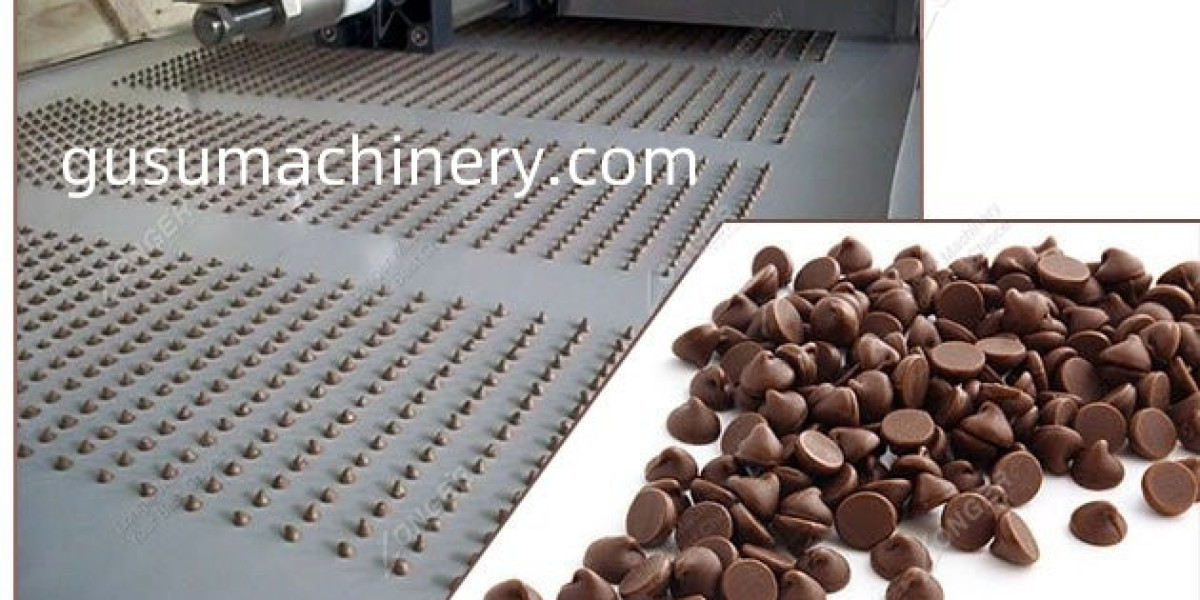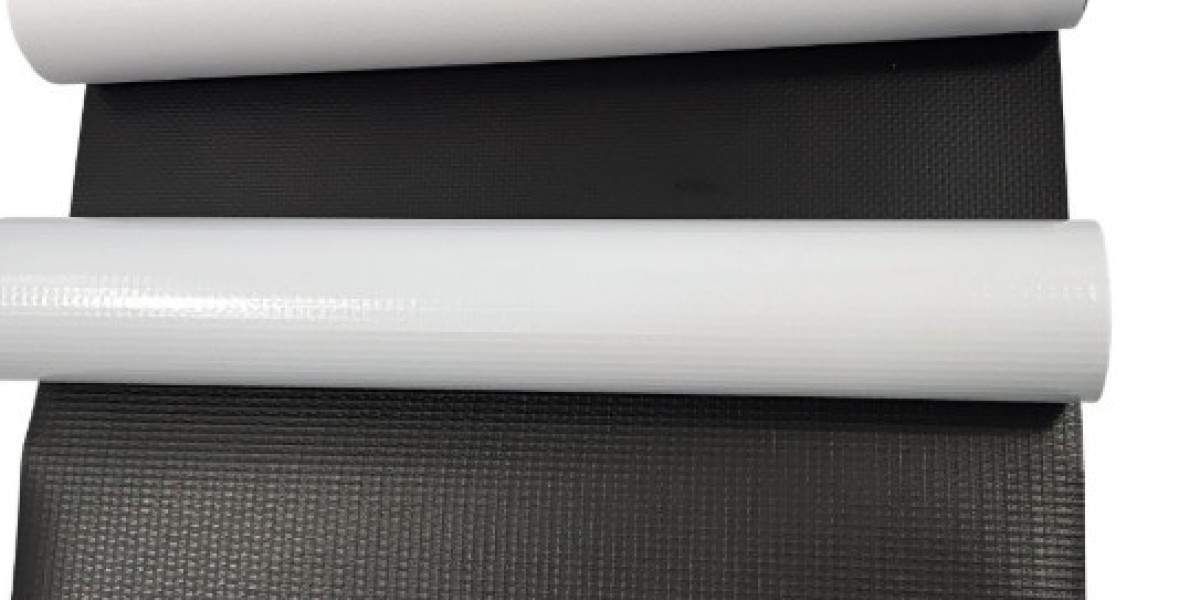In a world grappling with rising housing costs, environmental concerns, and shifting lifestyle priorities, tiny homes have emerged as a symbol of freedom, sustainability, and intentional living. These compact dwellings — typically ranging from 100 to 400 square feet — are redefining the idea of home, offering smart design, cozy comfort, and a smaller ecological footprint.
The Rise of the Tiny Home Movement
The tiny home movement has grown from a fringe lifestyle choice into a global trend, attracting everyone from millennials seeking financial freedom to retirees downsizing for simplicity. Fueled by social media, rising real estate prices, and a growing interest in minimalist living, tiny homes are capturing the imagination of people who crave less clutter and more life.
Why Go Tiny?
Affordability: With traditional housing costs out of reach for many, tiny homes offer a cost-effective alternative. The average tiny house can be built or bought for a fraction of the price of a conventional home.
Sustainability: Smaller homes mean fewer materials, lower energy consumption, and less waste. Many tiny homes incorporate solar panels, composting toilets, and rainwater harvesting systems.
Mobility and Flexibility: Many tiny homes are built on wheels, offering the freedom to move without sacrificing the comforts of home — ideal for digital nomads or those looking for a seasonal lifestyle.
Simplified Living: The limited space encourages intentional consumption and decluttering, often leading to a more mindful and fulfilling lifestyle.
Design That Works Hard
Despite their size, tiny homes are a masterclass in space optimization. Features often include:
Lofted sleeping areas
Multi-functional furniture
Built-in storage in unexpected places
Large windows and skylights to enhance natural light and perceived space
Architects and builders are constantly innovating to create tiny homes that feel open, functional, and stylish — proving that design matters more than square footage.
Challenges to Consider
Tiny living isn’t without its hurdles. Zoning laws, building codes, and financing options for tiny homes can vary greatly by region, and adjusting to limited space may not suit everyone. However, advocacy groups and developers are working to make tiny housing more accessible through planned communities and updated legislation.
A Tiny Solution to Big Problems
With cities facing housing shortages and the world confronting climate change, tiny homes offer a creative, scalable solution. They are increasingly being used for:
Affordable housing initiatives
Disaster relief shelters
Vacation rentals and eco-tourism
Off-grid and rural living
Final Thought
Tiny homes prove that bigger isn't always better. In fact, living with less can mean living with more purpose. Whether it's financial freedom, a lighter environmental footprint, or the simple joy of a cozy, curated space — tiny homes offer a chance to rethink what home truly means.








